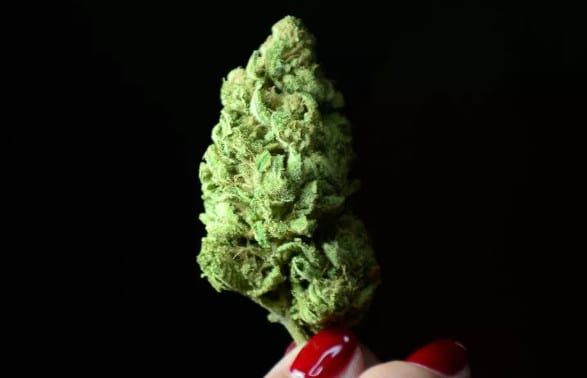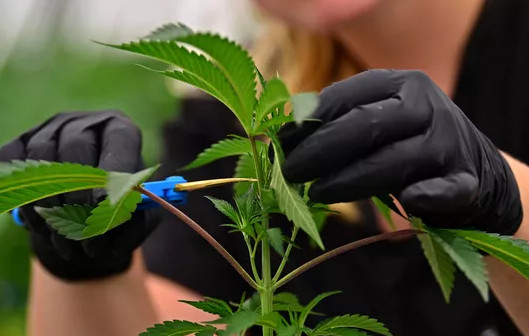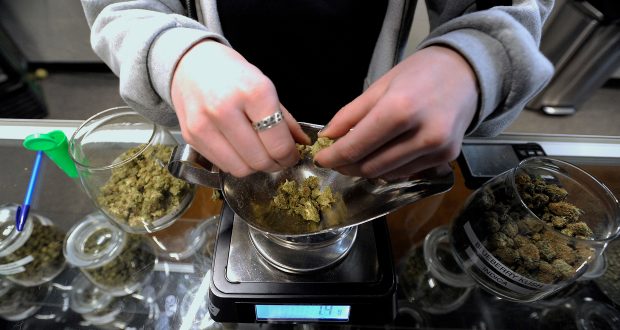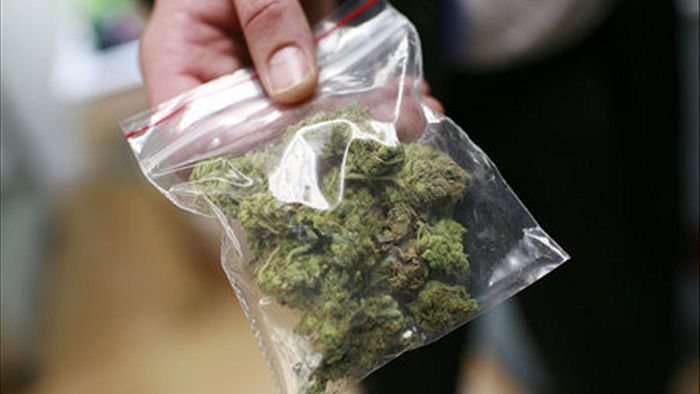How Medical Marijuana Can Benefit Families
What if your little girl was suffering from nearly 200 seizures daily, and modern prescriptions weren’t doing much of anything to curb the symptoms or reduce the seizures? Imagine being the little girl’s family who reviewed anecdotal claims that marijuana oil could help relieve her epilepsy. You’d likely already resolved to do whatever you could to bring her the slightest relief.
Her diagnosis is infantile spasms, and this is a real story, featured as a part of a Time documentary on medical marijuana and children.
The family illegally transported marijuana oil back to their state, where medical marijuana usage was outlawed, and began to give 2.5 milliliters to her orally. This daily regimen was started earlier in the year by her family, and her seizures, once up to 200 daily, are now down to 30.
Advocacy for the Study of Medical Marijuana Steadily on the Rise
Per the documentary, as of 1999, only 16 studies have been approved to research the benefits of medical marijuana in humans. Misclassified as a Schedule 1 drug — the most addictive with the least amount of medical use — the positive effects of medical marijuana haven’t been given sufficient attention or scientific backing. For example, one recent study discovered epileptic seizures were measurably reduced in kids, but only in a third.
The production and distribution of medical marijuana and its many products are largely unregulated, risking contamination from mold or pesticides, which could affect the drug’s properties more adversely. Despite its classification, medical marijuana is generally considered low-risk.
More studies need to be conducted, and, currently, the major support system for families who want to begin a regimen of medical marijuana is through online communities, social networking and traveling out of state to states where medical marijuana is legal. Right now, of the studies being conducted, only six percent of them actually study the benefits of medical marijuana, rather than the potential harm.
Families who may have been traditionally opposed to the legalization of medical marijuana, which is legal in 23 states, are now at the forefront of advocating for studies supporting the beneficial effects of medical cannabis.
Medical Marijuana Helps Relieve Hard to Treat Conditions
This is more than a story of one unfortunate girl, however, this is the story of nearly 100,000 other children in the United States who possess a treatment-resistant type of epilepsy termed “intractable epilepsy.” For these families, and others with such impossible or hard to treat conditions, medical marijuana is something of a “wonder drug.”
The cannabinoids that many studies and articles cite are naturally produced in the body and help relieve and regulate pain, and cannabis has over 60 types. Medical marijuana can benefit many families, relieving many types of conditions:
- Cannabis is effective to decrease neuropathic pain produced by nerves damaged in HIV patients. Even morphine isn’t as effective in reducing pain at this level.
- Marijuana “munchie” side effects are used to help HIV patients get a suppressed appetite back.
- Medical marijuana taken orally as sprays or pills has been shown to decrease muscle spasms and stiffness in MS patients.
- More well known, smoking a medical marijuana joint eases nausea in patients treated with chemotherapy.
- A 2012 study showed cannabidiol is potentially effective in schizophrenia treatment. Cannabidiol and amisulpride, a common drug used to treat schizophrenia, were equally effective in clinical trials when 42 patients received either drug for a 28-day course.
Medical marijuana is also effectively used to ease and treat more common ailments and conditions, such as depression, anxiety, back pain, arthritis and glaucoma. Every state is specific about which conditions are approved for treatment by medical marijuana.
To get a prescription for medical marijuana, each legalized state requires an approval by a licensed doctor. All except Washington will ask for patients to present an ID card at the dispensary or enroll in a registry.
How to Talk to Your Family About Medical Marijuana
If you think medical marijuana can benefit yourself or a loved one, conduct research and talk about medical marijuana with your family. How do you begin to broach the subject? Share these facts to help ease the minds of concerned loved ones:
- Marijuana usage is safer than drinking alcohol, with zero chances of overdose.
- Five compounds in cannabis are also found in other medicines. Vitamin A is also in cannabis.
- Medical research on the effects of marijuana has been going on since 1968, primarily driven by a growing operation located at the University of Mississippi.
- Marijuana consumption by eating and digesting is one of the more powerful ways to get its effects, as the liver processes it.
- Marijuana smoking could protect the lungs from lung cancer.
- It doesn’t have to be real marijuana. A synthetic compound was approved as of 1985 for medical use — 9-THC.
Part of that discussion will be making an effort to dispel myths about medical marijuana. The bias against marijuana will take time to lift if loved ones are strongly opposed to it, especially if you were one to hide your recreational usage from your parents as a child. The benefits outweigh the cost of stigma in this case.
You’ll have conducted research of your own, and it’s best to outline your thinking as to how you arrived at this decision. As with any discussion, your audience matters. If you are concerned that your parents won’t understand, explain that you’ve talked with your doctor and treatments aren’t as effective as they would be without the introduction of medical marijuana into your regimen.
When you present support from your medical community, it will help opposing loved ones feel more comfortable. Bring along a friend or your partner who knows you well and understands your decision. Surround yourself with a positive network as your loved ones process your decision. Focus on the facts in the discussion, such as potency and dosage. Use medical terms.
When discussing medical marijuana usage with your non-adult children, be honest, clear and concise. Focus on the facts, but make them age-appropriate. One of the best ways to keep the discussion going is to be open to their questions because children are very curious about the world and naturally accepting.
If privacy is an issue, remind children of etiquette and, like how certain things are not discussed at the dinner table, certain medical details are only to be discussed between family members. Encourage them to let them know if there are any situations that make them feel uncomfortable so they can defer to you.
Medical marijuana offers many life-changing benefits for families, but talking with family about gaining a prescription for it may present challenges. As with any new treatment plan, do research and talk with your doctor.
When talking with family and friends about your new regimen, should you decide medical marijuana is right for you, concentrate on the facts and remain positive. Remember that health is always a priority over social stigma, and a support network will be there to help you and loved ones find your way.
Jennifer Landis is a mom and wife with a fierce love for peanut butter, naps, and boy bands. She practices yoga regularly even though her husband doesn’t think it counts as exercise. She is the editor and creative mastermind behind Mindfulness Mama.
credit:theweedblog.com













